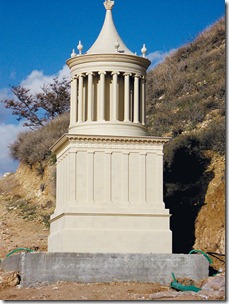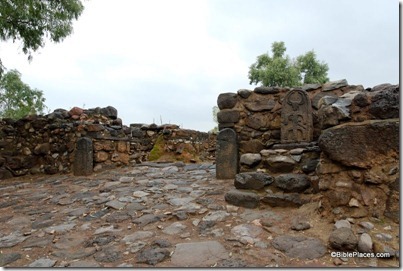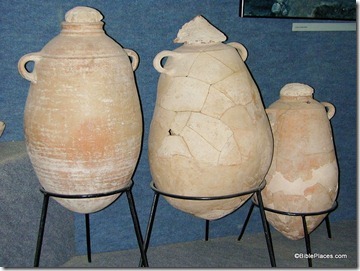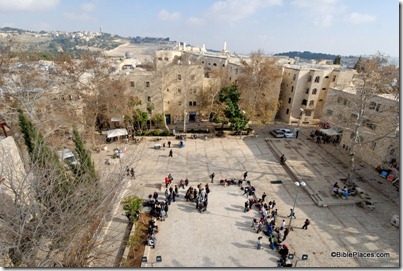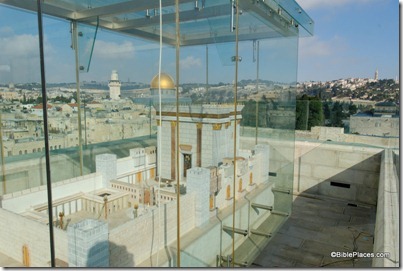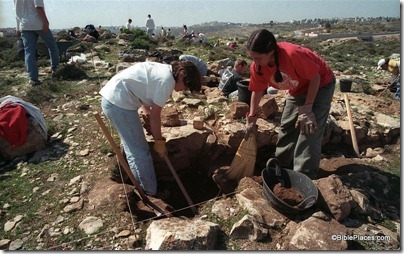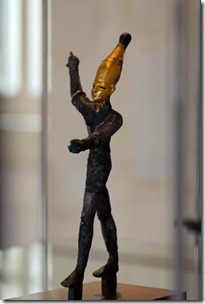Last week a model of Herod’s tomb was erected at the Herodium. The 13-foot (4-m) high structure cost $13,000 and is made of light plastic. Plans have been drawn up to create a full-size replica of the entire mausoleum which would serve as a visitor’s center.
Haaretz runs the story with the headline “Top archaeologists condemn Israeli plan to rebuild ancient tomb.” Unfortunately the story doesn’t support the headline. The primary criticism cited comes from an archaeologist who asked to remain anonymous. Journalistic ethics should preclude Haaretz from quoting an anonymous source on a subject of this nature. A named critic is Haim Goldfus, the head of the archaeology department at Ben Gurion University, who believes that a reconstruction would only be a distraction. Gideon Foerster observes that there are still too many unknowns to justify a reconstruction.
Whether or not a monument that helps the public to visualize the tomb (and thus increases visits to the site) is a good thing or not can be debated. Haaretz misleads, however, in suggesting that there is a widespread movement among archaeologists against a plastic model. A more accurate headline would be: “Two archaeologists condemn Israeli plan to rebuild ancient tomb.”
An unmentioned factor in the story is the contention that the tomb of the “king of the Jews” belongs to the Palestinians because Arab armies held this territory at the conclusion of the War of 1948. Thus Israeli archaeologists should not be excavating, let alone reconstructing, any site in the West Bank.
Tom Powers provides another perspective on his blog.
UPDATE (2/2): Joseph Lauer notes that the article was re-published with a revised headline,
“Archaeologists slam plan to rebuild Herod’s tomb.”
